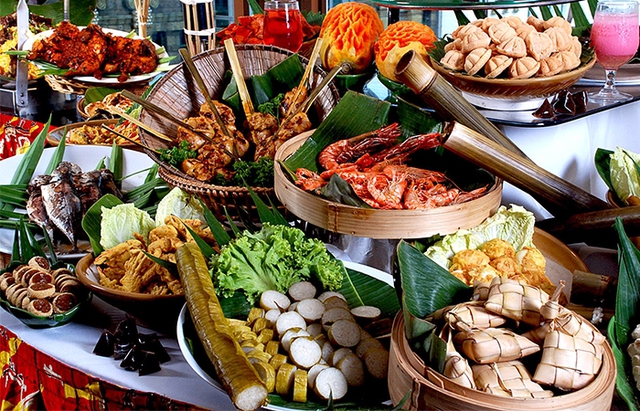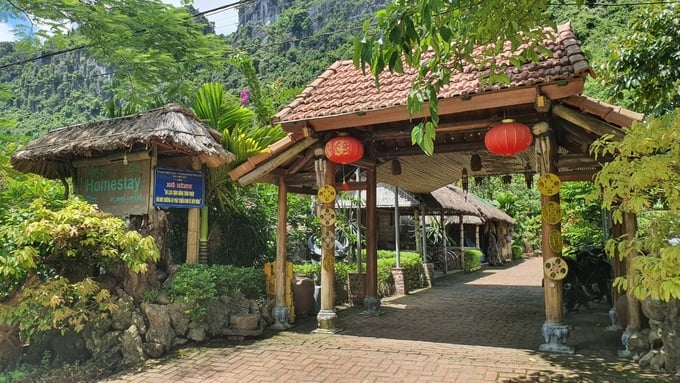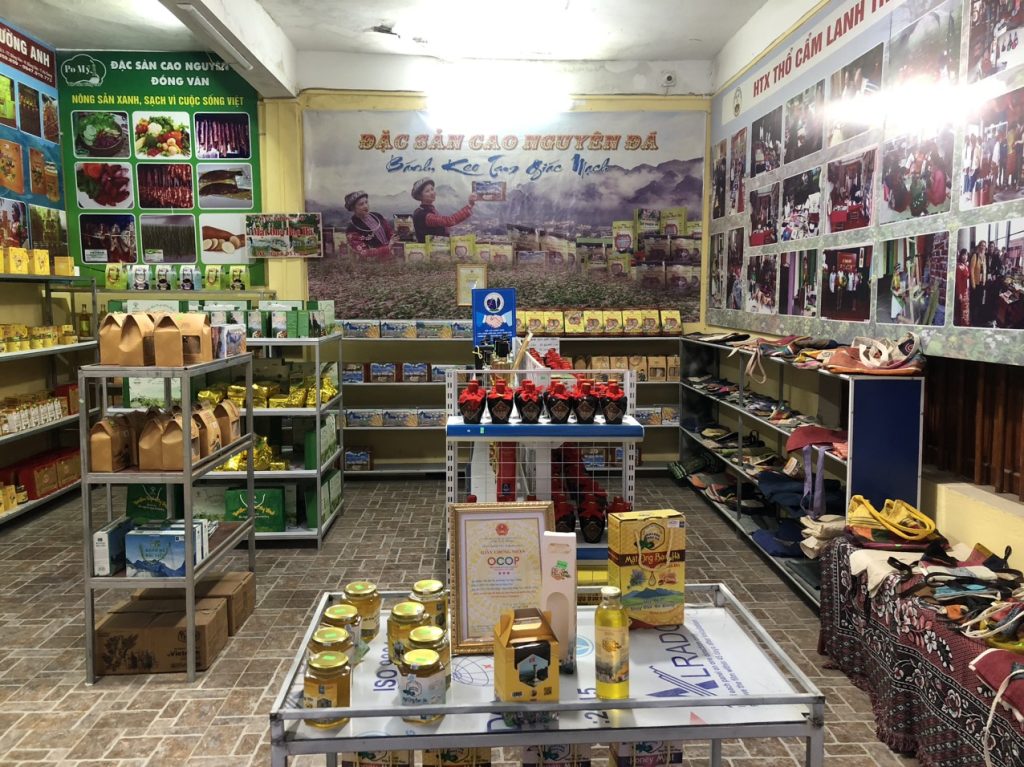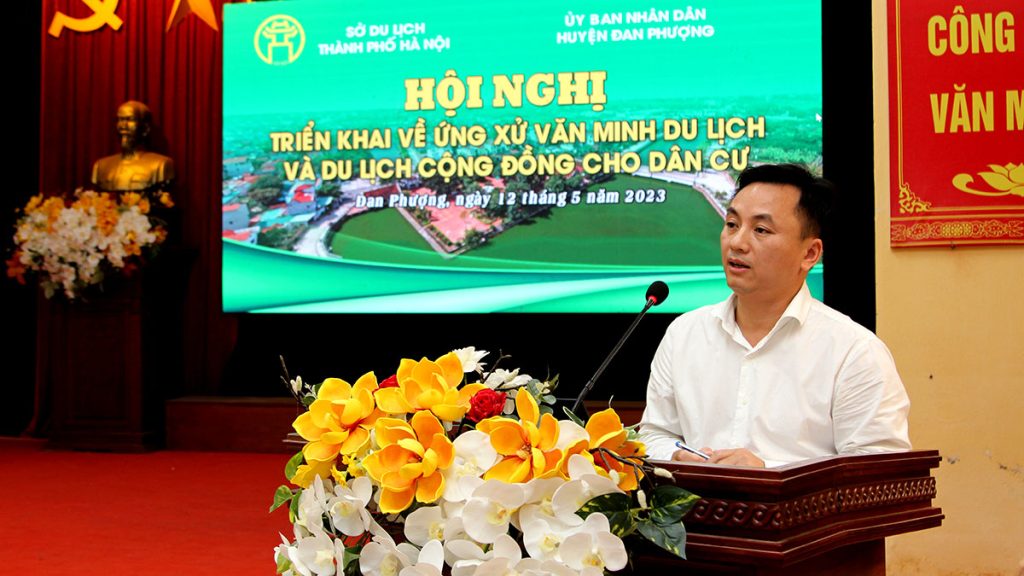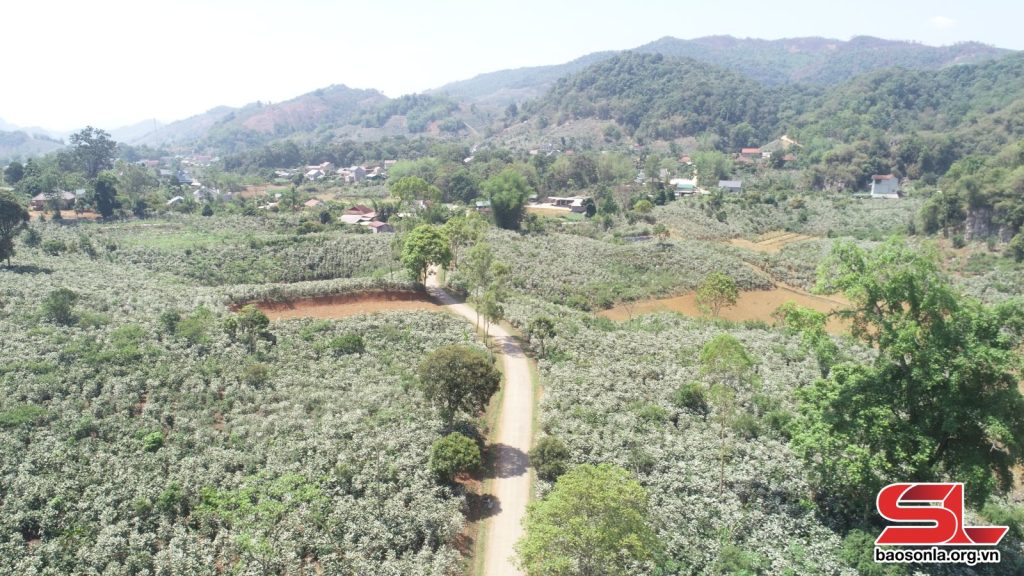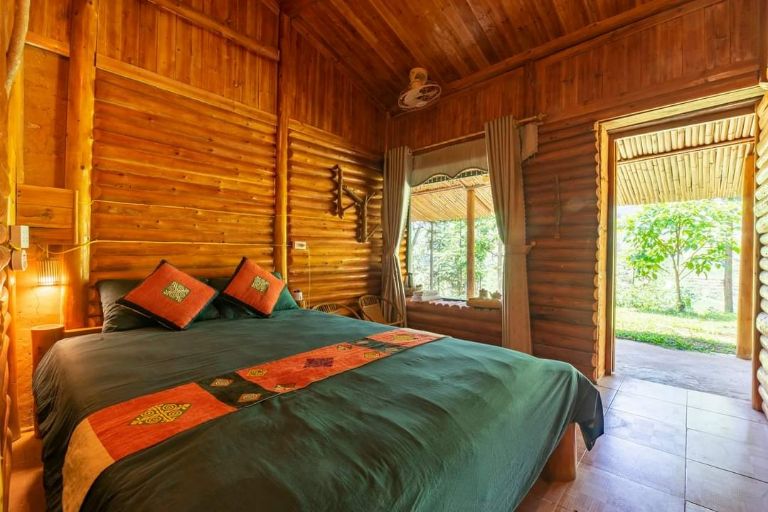(TITC) – The People’s Committee of Nam Dinh province has just issued a document agreeing to the Management Board of Xuan Thuy National Park and the Department of Agriculture and Rural Development to develop a nomination file for Xuan Thuy National Park to become an ASEAN Heritage Park.
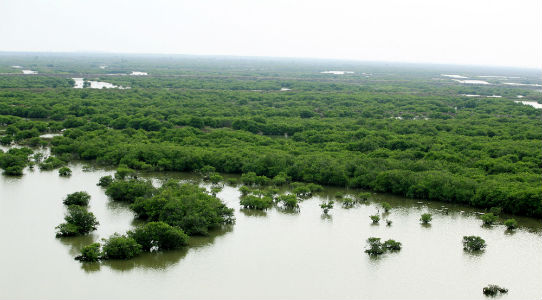
Photo:
vuonquocgiaxuanthuy.org.vn
Accordingly, the Management Board of
Xuan Thuy National Park is responsible for coordinating with relevant units to
develop documents to ensure correct procedures and instructions of the Ministry
of Natural Resources and Environment. The province assigned the Department of
Agriculture and Rural Development, Department of Natural Resources and
Environment, and relevant units to guide Xuan Thuy National Park in developing
nomination dossiers in accordance with regulations.
Xuan Thuy National Park is located
in Giao Thuy district, Nam Dinh province with a total natural area of about
7,100 hectares. In 1989, Xuan Thuy National Park joined the Ramsar Convention
and was known as Vietnam’s first Ramsar site (a wetland of international
importance recognized by the Ramsar Convention Secretariat). By 2004, it was
recognized by UNESCO as the core area of the Red River Delta Biosphere Reserve.
Xuan Thuy National Park is not only
an important wetland and a paradise for birds, but also a place where people
and nature closely interact. Characteristics of this place are thousands of Sú Vẹt/Mangroves (Rhizophora apiculata
Blume), lagoons with rich seafood resources such as shrimp, crabs, fish,
oysters… The garden is also a place where international migratory birds come
to escape the cold every year.
The
ASEAN Heritage Park is an initiative of the Environment Ministers of the ASEAN
countries, implemented based on the Declaration on Heritage Gardens of the
ASEAN Ministers since 2003. This is a regional conservation title, implemented
with the purpose of comprehensively preserving important and unique ecosystems
of the ASEAN region, with regional and international importance. ASEAN Heritage
Gardens make an important contribution to preserving genetic resources and
ensuring sustainable use of ecosystems; Maintaining natural areas with cultural
and educational values, raising awareness of biodiversity conservation among
the people of ASEAN countries, towards sustainable development.
Up to now,
Vietnam has 10 ASEAN Heritage Parks, including: Hoang Lien National Park (Lao
Cai, Lai Chau), Ba Be National Park (Bac Kan), Vu Quang National Park (Ha
Tinh), Bai Tu Long National Park (Quang Ninh), Ngoc Linh Conservation Area (Kon
Tum), Chu Mom Ray National Park (Kon Tum), Kon Ka Kinh National Park (Gia Lai),
U Minh Thuong National Park ( Kien Giang), Bidoup – Nui Ba National Park (Lam
Dong), Lo Go – Xa Mat National Park (Tay Ninh).
Tourism
Information Technology Center

